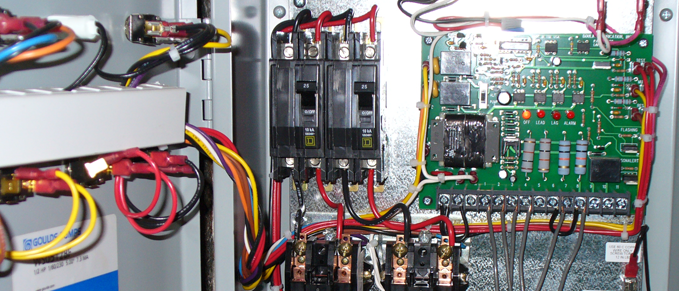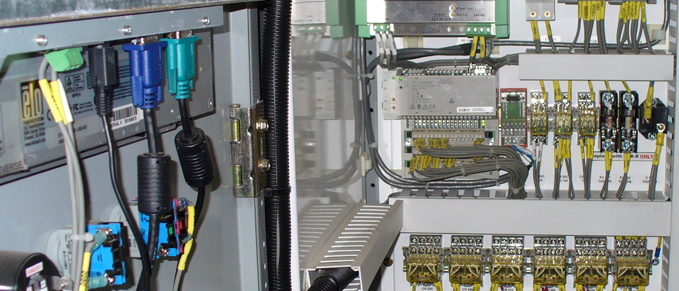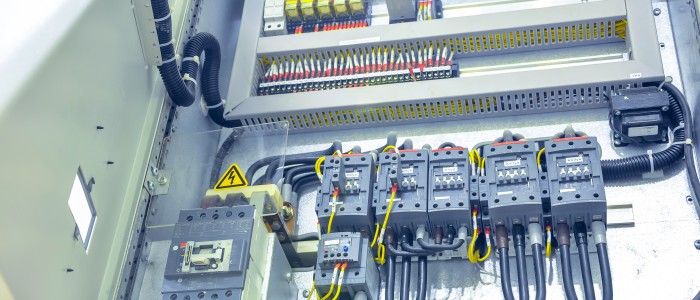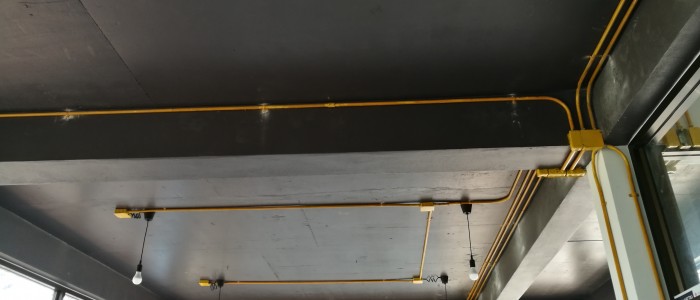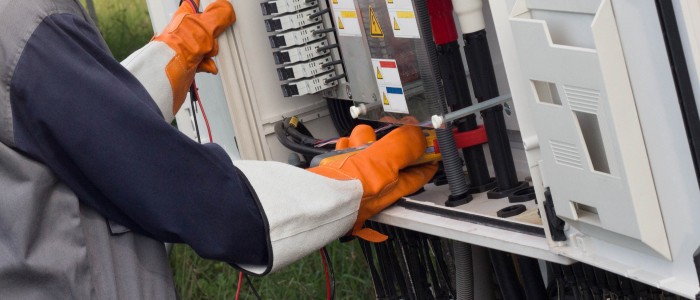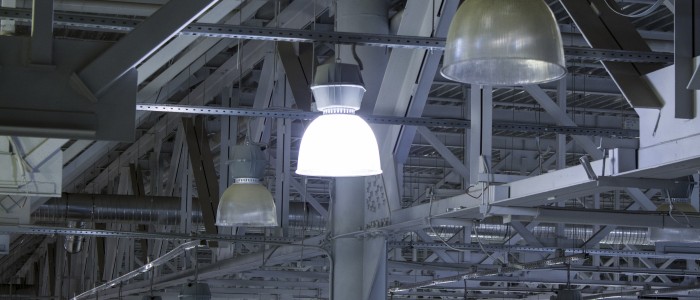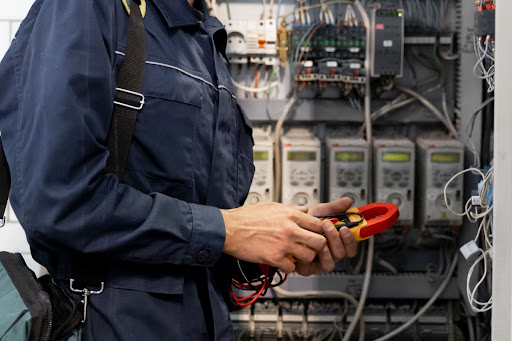Most everyone looks forward to the holiday season and all the fun times that come with it. However, during your preparations and merry festivities, you might forget about electrical safety at home. Many homeowners have sadly had their holidays cut short by fires. The National Fire Protection Association estimates that nearly 860 home fires break out yearly because of electrical holiday lighting. To ensure that your holiday remains the wonderful time of the year, follow these four important electrical safety tips.
Continue reading





